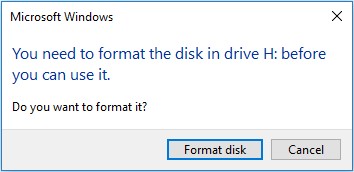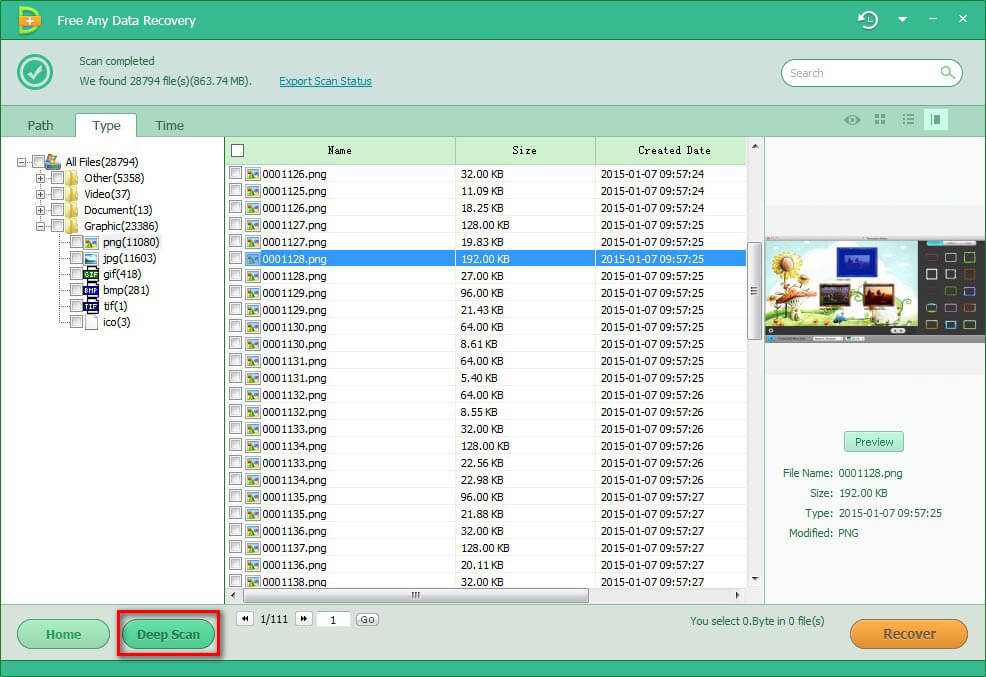

Tara Kono, Japan’s Minister of Digital Affairs, has waged war on outdated technologies like floppy disks and fax machines Finally, there are people who want floppy disks for art projects or other promotions. Then there’s a group of industrial users who bought machines that require floppies to get information in and out – think embroidery, with the machines designed to last 50 years. There are hobbyists trying to preserve old mediums or old games and software. In general, customers fall into one of three categories. I always ask people what they intend to use the floppy disks for because I want to be able to sell more of them.” I’ve also had governments contact me around the world, mostly in the US. “But I do have Japanese customers who are preserving old games or using the disks for music devices or pianos.


“I’ve never had a Japanese government customer,” Persky continues. Persky also loves Nick Gentry’s disk-based artworks. Indeed, the boo Floppy Disk Fever: The Curious Afterlives Of A Flexible Medium includes interviews with people who continue to use them whether for archiving or distributing films. The US Defense Department had stashes as recently as 2019 despite their limited capacity. Persky points to them being a storage medium for many healthcare computing devices, for instance, and they’re also used in avionics. There are many reasons why floppy disks are still being used. “People want floppy disks and I probably get about 20 orders for blank discs each day.” Floppy disks are a flexible medium “It’s a big world out there, man,” the 73-year-old says, when confronted with astonishment at the numbers. It’s a far cry from sales of even 2011, but still perhaps surprising. As well as 3.5in disks, Persky also has 5.25in and 8in varieties and they form the stock for a business called which has been around for more 20 years. Persky’s floppies are stored in a warehouse in Lake Forest, California. A Sony employee shows off a 3.5in floppy disk in 1997 with a 200MB storage capacity


 0 kommentar(er)
0 kommentar(er)
